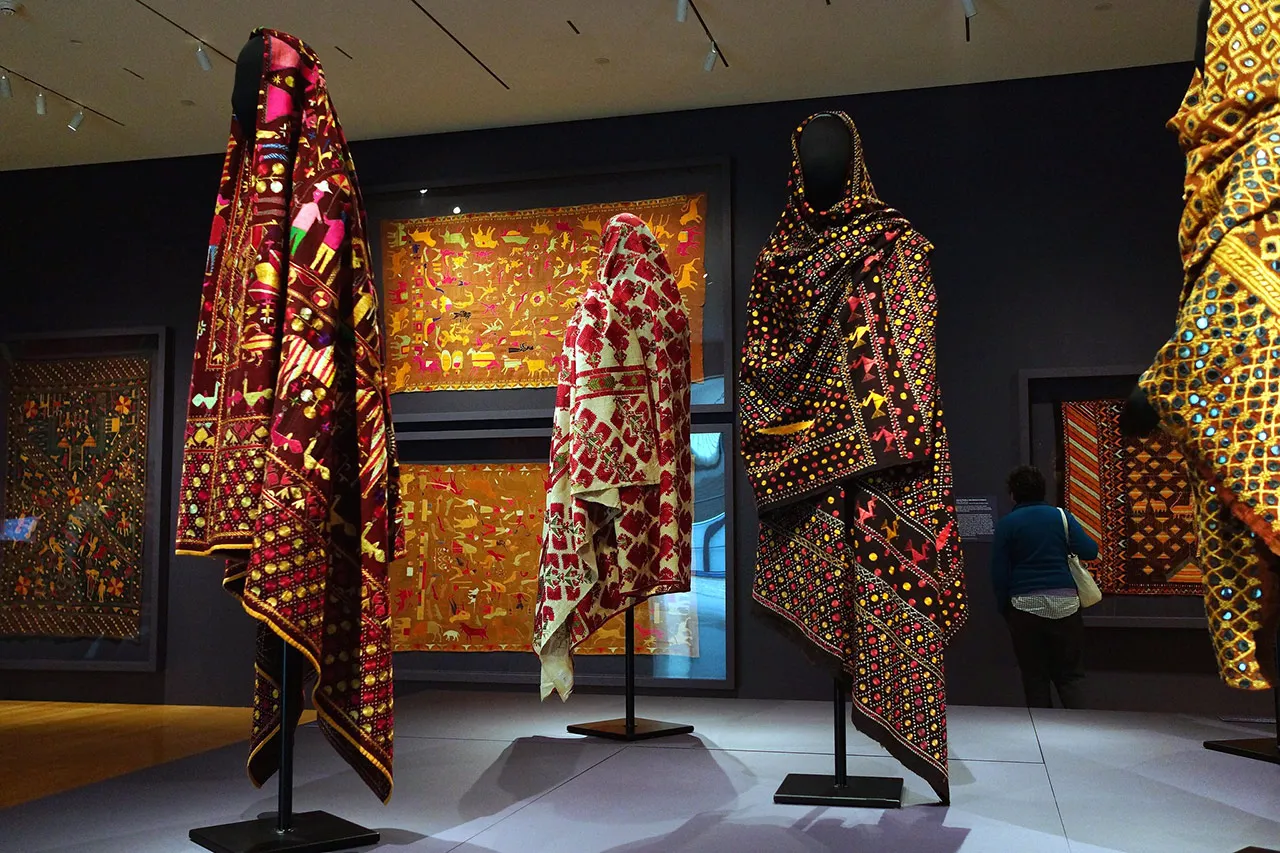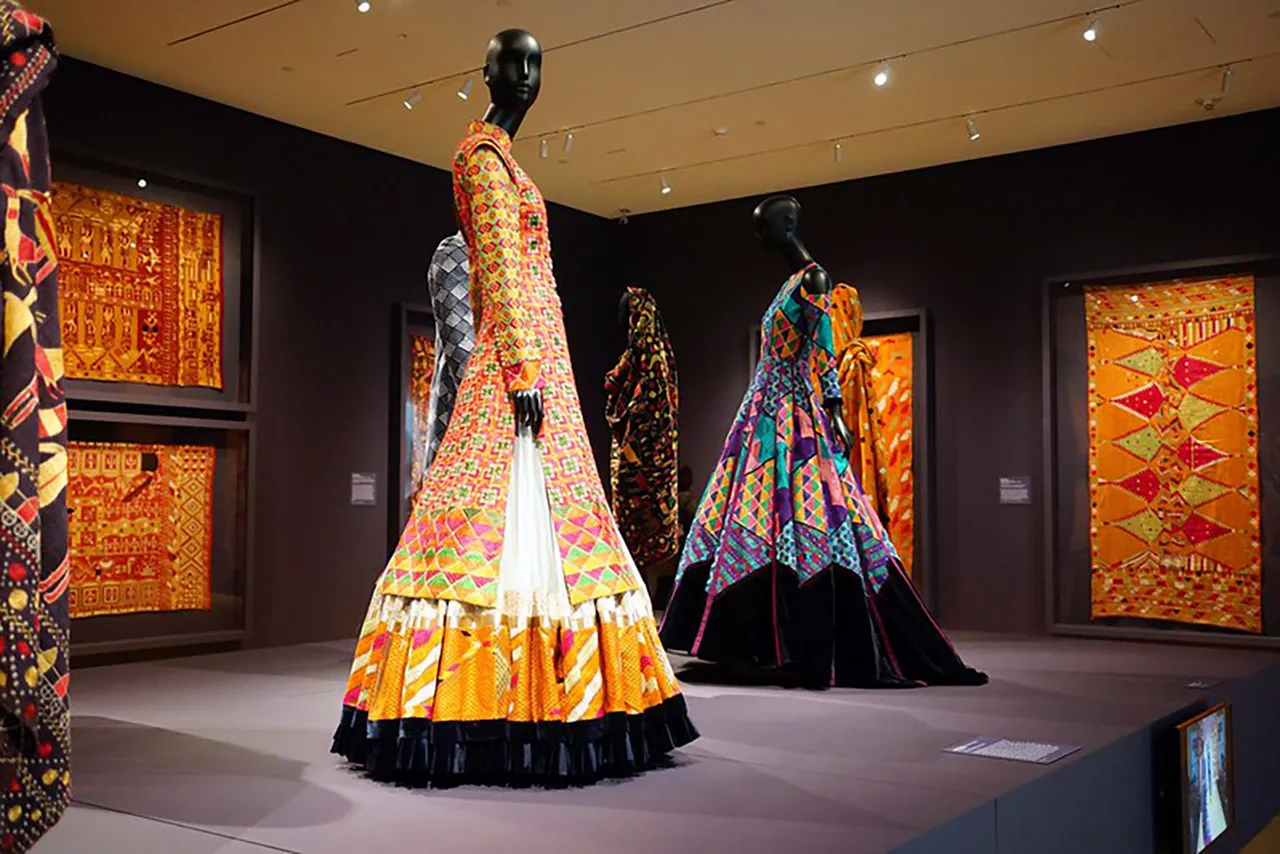Embroidery Designs for Punjabi Suits: Find the Perfect Pattern for Your Style
Stunning Embroidery Designs for Punjabi Suits: A Guide to Finding the Perfect Look
Stunning Embroidery Designs for Punjabi Suits: A Guide to Finding the Perfect Look
Motifs in Phulkari
The motifs that the women used in their embroidery were taken from anything. They were anything from their imagination, their surroundings, their environment, nature, gardens, or just a mother and a daughter talking. Using these motifs, women expressed their emotions ad their creativity. Some common motifs used in the Phulkari embroidery are belan (rolling pin), kakri (cucumber), chandrama (moon), and Satranga (7 colors). Other commonly used motifs in this embroidery were taken from immediate surroundings and environment like animals, flowers, trees, birds, etc.
The Revival of Phulkari
The Phulkari style of embroidery met with a tragedy and faced some very difficult times. Whereat some point in time, around 52 types of Phulkari existed; there was also a time where this form of embroidery almost disappeared. This happened during the partition of India and Pakistan in 1947. However, it soon launched back up and now almost 70 years later, it is an evergreen style statement. The revival of Phulkari resulted because after the partition in 1947, due to the refugee crisis, the organizations encouraged women to make Phulkaris so that they could earn enough money to survive. Traditionally, Phulkari was embroidered by women using their own hands but now, the Phulkaris are embroidered using machines and modern techniques and materials.
Phulkari Embroidery – The Traditional Fabric Art of Punjab
The term Phulkari is a Punjabi term is obtained from two words: ‘Phul’ and ‘Kari’ meaning ‘flower’ and ‘work’ and so the word Phulkari translates into ‘flower work’ or ‘floral work’. The Phulkari embroidery first began in Punjab in the 15th century by the women of Punjab. It is the rural handmade embroidery tradition of Punjab and is also known as the folk embroidery of Punjab. Even though Phulkari means floral work, the designs in this embroidery comprised not only flowers but also included various motifs and geometrical patterns and shapes. The Phulkari embroidery is overall very bright, vibrant and it brings color to people’s lives. The Phulkari embroidery is very popular worldwide. It was made by women and it celebrates womanhood.
Types of Phulkari
Bagh Phulkari
The increasingly elaborative form has turned into Bagh. Bagh literally means “Garden of Flowers”. Hence Bagh is the embroidery which is immersed with Flowered design pattern. Compared to other styles, Bagh takes more time and effort for the creation. Hence Bagh is considered to be more expensive and a status symbol.
Chope Phulkari
Chope is generally embroidered on the borders. During wedding festivals, the grandmothers generally give Chope phulkari to the bride as a gift. The “Chope” is embroidered straight with two sided line stitch which is same on both the side. Compared to other styles of this art forms, Chope vastly consists of only one color embroidered and in most of the cases it is yellowish or golden color.
Thirma Phulkari
This type of Phulkari consists of unbleached white or cream based fabric as compared to the other Phulkari’s which are colorful. Thirma are embroidered with floral and geometrical designs. The design is rendered with silk thread which can be dyed in shades of either red, magenta, blue, yellow or green. Thirma was and is at some remote places in Punjab still being used to present the dowry.



Tegs:
Search
Recent Posts
-
Explore the Latest and Most Stylish Punjabi Suit Embroidery Designs
Apr 17 2025
-
Hawaiian Flower Embroidery Patterns: Discover Stunning Embroidery Designs Inspired by Tropical Blooms
Apr 14 2025
-
A Journey Back in Time: 19th Century Embroidery Techniques
Apr 14 2025
-
Brother PE Design Next V9: Take Your Embroidery to the Next Level
Apr 14 2025
Subscribe to Updates
Get the latest posts and fashion insights directly in your inbox.